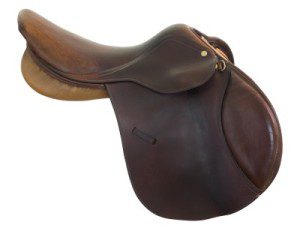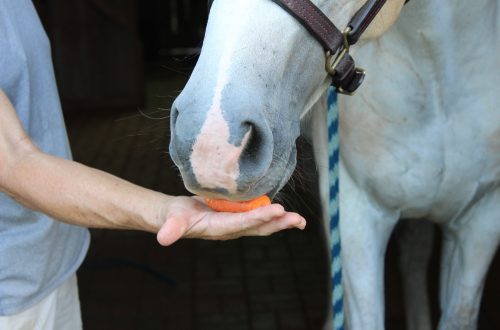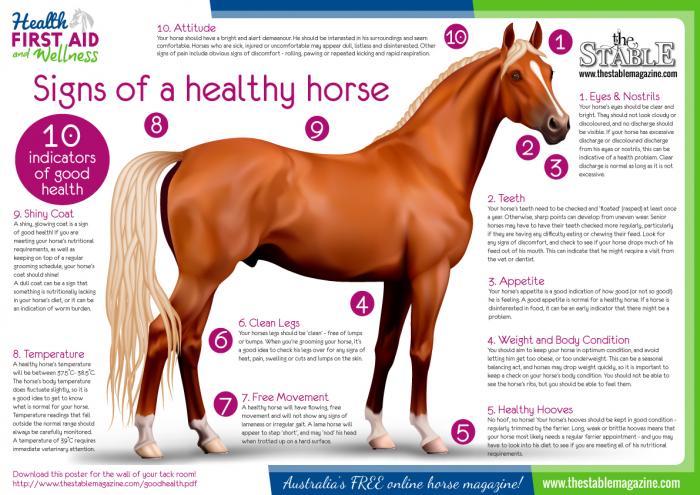
How do you know if a horse is healthy?
It is important for every horse owner to be able to determine if a horse is healthy and in need of veterinary care. How do you know if your horse is healthy?
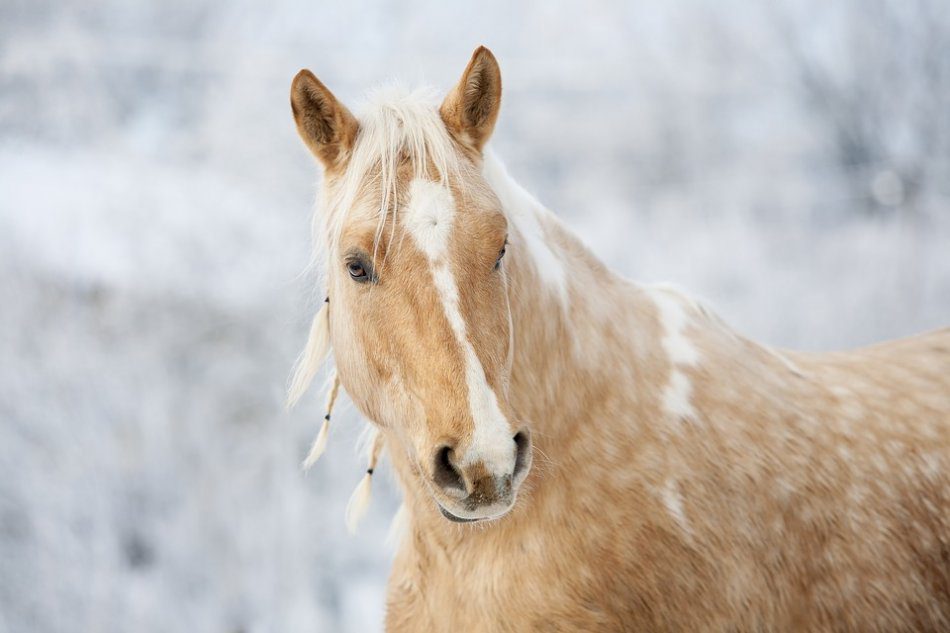

Photo: pixabay.com
T. and M. Pavord suggest focusing on a number of signs that will help you understand how well the horse feels. At the same time, do not forget that the behavior of each horse is unique, so it is necessary to know how a particular horse behaves in a normal state, as well as take into account the physiological parameters that are the same for all horses. So you can easily detect any deviation from the normal state. So, in time to start treatment, if necessary.
Contents
Appetite as an indicator of a horse’s health
The first thing you should pay attention to to understand if a horse is healthy is appetite.
Horses are animals whose body is adapted to the almost constant eating of plant foods. They are interrupted only for movement, communication with relatives or rest. Accordingly, the horse should eat about 16 hours a day. If you restrict your horse from diets containing fiber, this increases the risk of developing diseases of the gastrointestinal tract, including colic.
Also, a lack of fiber can cause behavioral problems – for example, a horse can become overly excitable.
Often, from a lack of feed containing fiber, stable defects develop, including bite.
A healthy horse that lives in normal conditions does not complain about appetite. But the stress associated with training or competition sometimes affects appetite – for example, there are horses that refuse solid food within a day after intense performances. However, in any case, remember that lack of appetite is one of the first signs of illness in a horse.
If the loss of appetite is related to stress, give the horse rest and the opportunity to walk – this will help him calm down and relax.
Sometimes horses do not like certain feed components – this should be taken into account when compiling a diet. In this case, you can offer another food to understand what is the reason for the “hunger strike”.
It is important that the horse always has access to fresh and clean water. Make sure the horse can reach the water (sometimes illness prevents the horse from lowering its head or moving).
Appearance as an indicator of a horse’s health
A healthy horse is agile and cheerful, it reacts quickly and actively to stimuli. For example, with a sudden noise, she is alert, raises her head and tries to determine the source of the sound.
The movements of a healthy horse are smooth, free, with a uniform springiness of the walk. When the horse is standing, its weight is evenly distributed on all four legs. If the horse only bears weight on part of the hoof, or on the hindquarters, for example, this can be a warning sign. An example is the horse posture for laminitis. But if the horse is resting, he can put one of the hind limbs (most often alternately) on the toe of the hoof.
When the horse is free to move, approximately 60% of the weight is on the front legs and 40% on the hind legs.
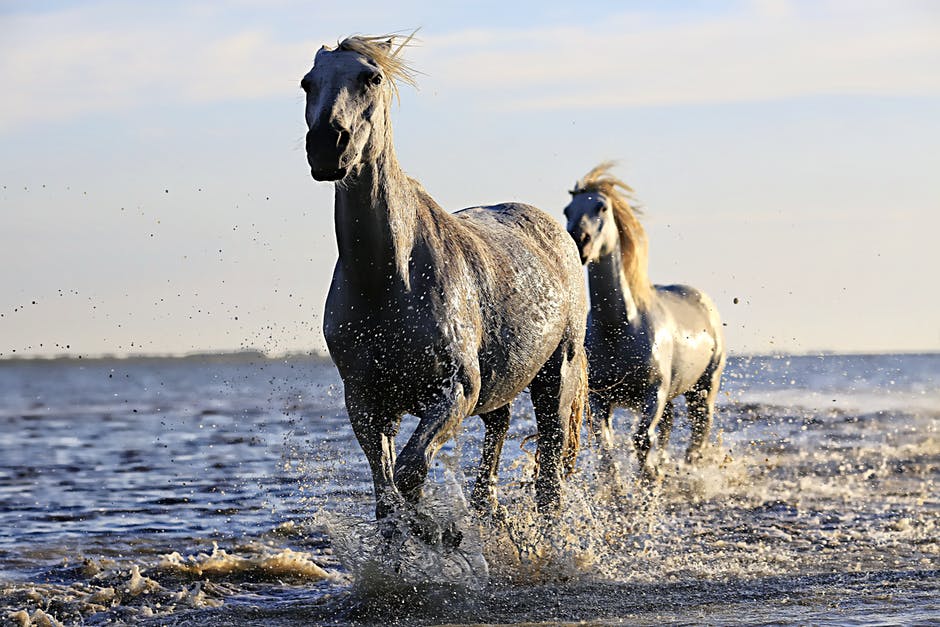



Photo: pexels.com
Condition as an indicator of a horse’s health
To understand if a horse is healthy, assess its condition. The horse should not be fat or thin. The skeleton should cover the muscles that create the contour of the body. In winter, when horses are growing long hair, it is especially important to check the condition of the animals, as weight loss may not be noticeable due to the coat.
The coat of a healthy horse is smooth, even and shiny.
The skin of a healthy horse is soft to the touch and elastic.
The limbs of a healthy horse are dry, neat, have well-defined joints and well-defined ligaments and tendons. The surface of the joints should not be inflamed (eg, puffy or swollen) or deformed.
Healthy hooves have the correct shape, proportional, with a strong and elastic hoof horn, do not have deformations, cracks and scales. The arrow has a rubber-like structure and is clearly marked.
The ears of a healthy horse are mobile and alert. You can not shave the hair on the inner surface of the ears – it protects the ears from parasites and dirt.
The eyes of a healthy horse are open (unless, of course, it is dozing) and clear. The conjunctiva is normally pink.
The nostrils of a healthy horse are clean and dry. The hairs of the nostrils (vibrissae) must not be trimmed or pulled out, as they are important for the horse’s sense of touch.
The gums of a healthy horse are pale pink.
Teeth are normal, straight, in good condition, age-appropriate. Remember that teeth grow throughout life and need to be taken care of.
Another indicator of a horse’s health is its feces. Normally, horse feces are oval, moist, covered with mucus, and if the horse is in a pasture, then soft and green. If a horse lives in a stable and consumes a lot of grain, its feces are hard and rounded. If a horse has diarrhea or feces that smell bad, it’s worth looking into the cause.
Urine is also an indicator of a horse’s health. Normally, it is transparent and almost colorless, but it can be slightly cloudy and darkish. If the urine is dark or red, it may be a sign of illness.





